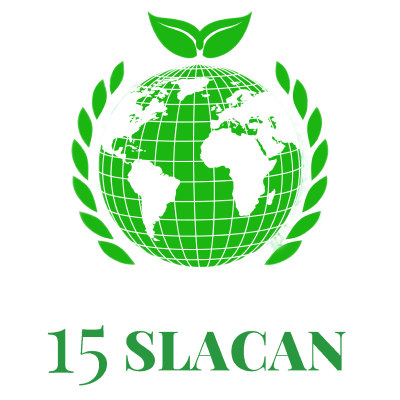Anais do 15° SLACAN - Simpósio Latino Americano de Ciência de Alimentos e Nutrição
VALIDATION OF A LC-MS/MS METHOD FOR ACRYLAMIDE DETERMINATION IN SWEET POTATO PROCESSED PRODUCTS
Como citar esse trabalho?
Para citar este trabalho use um dos padrões abaixo:
Como citar esse trabalho?
Acrylamide is a carcinogenic, genotoxic, and neurotoxic substance, and its presence in food, such as potato products, is a public health concern. Considering the growing consumption of sweet potato products as a healthier alternative, it is important to evaluate safety aspects such as the presence of this contaminant. Therefore, the aim of this study was to validate an analytical method for the determination of acrylamide in sweet potato processed products based on QuEChERS sample preparation and analysis by UHPLC-MS/MS. A mobile phase composed by 0.01% formic acid solution (A) and acetonitrile + 0.01% formic acid (B) was applied using a linear gradient. Acrylamide-d3 was used as internal standard. The analytical method was validated on two different days, and fried sweet potato strips obtained from the cultivar BRS-Rubissol were used as blank sample. The evaluated parameters included linearity, matrix effect, precision (repeatability and within-laboratory reproducibility), accuracy (recovery), limit of quantitation (LOQ) and limit of detection (LOD). Since a matrix effect around 17% was observed, linearity was evaluated from matrix-matched analytical curves in the range 20 - 200 µg/kg, showing coefficient correlation (r2) higher than 0.99. Precision and accuracy were determined at the levels 20 µg/kg, 80 µg/kg and 200 µg/kg. The intra-day precision (21.8%) and inter-day precision (19.5%) were within recommended values. Regarding accuracy, the average recovery values achieved were 106.3%, 98.1% and 96.9% for 20 µg/kg, 80 µg/kg and 200 µg/kg, respectively. The LOQ was taken as the lowest concentration of acrylamide in the analytical curve (20 µg/kg) and LOD as the lowest concentration able to produce a signal equal three times the signal-to-noise (10 µg/kg). Therefore, we conclude that this method presents satisfactory linearity, sensitivity, precision and accuracy, and can be used in the quantification of acrylamide in sweet potato products.
- 1 Instituto Federal de Educação, Ciência e Tecnologia de Mato Grosso
- 2 Departamento de Ciência de Alimentos/FEA
- 3 Universidade Estadual de Campinas
- Segurança Alimentar e a Ciência de Alimentos (SCA)
Discussões Científicas de Qualidade
Com ~200 mil publicações revisadas por pesquisadores do mundo todo, o Galoá impulsiona cientistas na descoberta de pesquisas de ponta por meio de nossa plataforma indexada.
Confira nossos produtos e como podemos ajudá-lo a dar mais alcance para sua pesquisa:
Como citar esse proceedings?
Esse proceedings é identificado por um DOI , para usar em citações ou referências bibliográficas. Atenção: este não é um DOI para o jornal e, como tal, não pode ser usado em Lattes para identificar um trabalho específico.
Verifique o link "Como citar" na página do trabalho, para ver como citar corretamente o artigo

